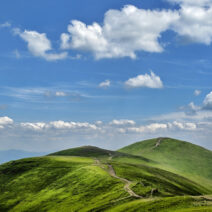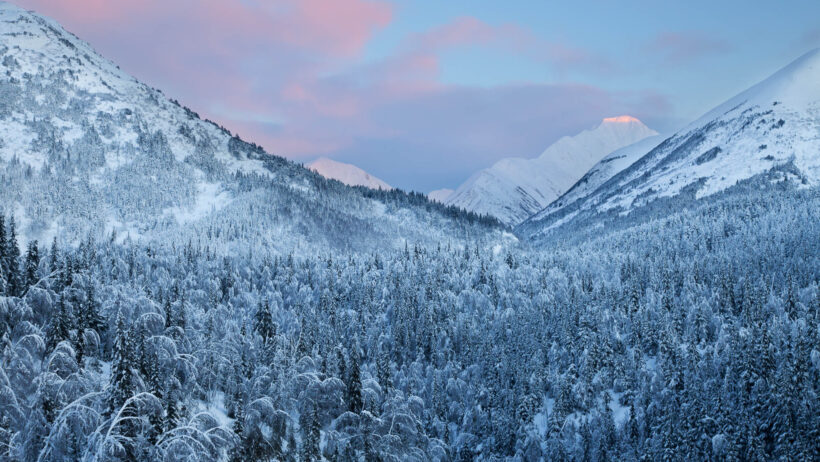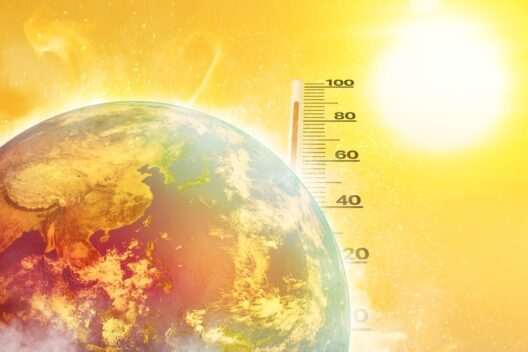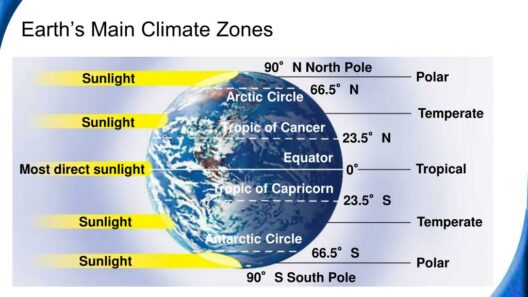Alaska, the largest state in the United States, is renowned for its dramatic landscapes and extreme climatic conditions. Home to vast expanses of tundra, towering mountain ranges, and pristine waters, the climate in Alaska is as diverse as its geography. Understanding this climate is essential, especially in the face of climate change, as it offers a glimpse into the challenges and adaptations faced by its ecosystems, wildlife, and human inhabitants.
The Alaskan climate can be broadly categorized into three main regions: the coastal areas, the interior, and the Arctic. Each of these regions possesses distinct weather patterns and temperature variations throughout the seasons. This geographical diversity results in a range of climatic experiences that can be both breathtaking and harsh.
As one ventures into the coastal areas of Alaska, they are greeted by a maritime climate, characterized by milder temperatures and increased precipitation. The weather is influenced by the Pacific Ocean, which helps to moderate temperatures. Summer temperatures along the southeastern coast can reach a comfortable 60 to 70 degrees Fahrenheit, while winters, despite being cold, tend to be less severe than in the interior. Precipitation is frequent, with rain dominating the summer months and snow making its presence felt in winter.
The interior portion of Alaska presents a strikingly different climatic experience. This region, including cities like Fairbanks and Anchorage, exhibits a continental climate marked by broader temperature fluctuations. In the summer, temperatures can escalate to a sweltering 80 degrees Fahrenheit or higher, while winter plunges temperatures into a frigid abyss, often dropping to minus 40 degrees or lower. Such extremes can be daunting, yet they create a vibrant ecosystem that thrives amidst the polar challenges.
In stark contrast, the Arctic region showcases one of the planet’s most formidable climates. Characterized by long, dark winters and short, cool summers, this area experiences average winter temperatures often hovering around minus 20 degrees Fahrenheit. The presence of sea ice is a prominent feature of Arctic climates, influencing global weather patterns and marine ecosystems. The unique phenomenon of permafrost, a layer of permanently frozen ground, complicates the environmental landscape and poses challenges for infrastructure and natural habitats.
One of the most fascinating aspects of Alaska’s climate is the phenomenon of the midnight sun. In regions above the Arctic Circle, such as Barrow (Utqiaġvik), inhabitants experience continuous daylight during the summer months, with the sun never setting for weeks on end. This phenomenon can lead to unusual sleep patterns and cultural adaptations as residents take advantage of the extended daylight for various activities. Conversely, winter brings prolonged darkness, with weeks passing without sunlight, profoundly impacting the mental and physical health of its residents.
Climate change is increasingly making its mark on Alaska. The state is warming faster than the global average, leading to observable shifts in weather patterns and ecosystems. Glaciers are retreating at alarming rates, a stark indicator of the warming climate. The melting of these glaciers not only contributes to rising sea levels but also affects freshwater supplies and local wildlife that relies on glacier-fed rivers and lakes.
The wildlife in Alaska is resilient, yet fragile. Species such as polar bears and walruses depend on sea ice for hunting and breeding. As the ice diminishes, their survival becomes tenuous. Similarly, migratory patterns of birds and other animals are shifting, with profound implications on biodiversity and ecosystem health. The intricate web of life in Alaska is interconnected, and any disruption can reverberate through the entire system.
Human communities in Alaska are also feeling the impact of climate change. Indigenous populations, who have lived in harmony with their environment for millennia, are experiencing alterations in traditional hunting grounds and food sources. As fish populations shift due to warming waters and altered currents, so too do the livelihoods of people reliant on these resources. The cultural significance of these changes cannot be overstated, as traditions and ways of life are deeply connected to the rhythms of nature.
Efforts to combat climate change in Alaska involve both innovation and tradition. Renewable energy sources, such as wind and solar, are being utilized to reduce reliance on fossil fuels. Community resilience initiatives are springing up in response to environmental changes, promoting adaptive strategies to cope with the realities of a warming world. The local knowledge and practices of Native Alaskan communities are increasingly recognized as invaluable in preserving both culture and ecosystem integrity.
In conclusion, the climate of Alaska is an intricate tapestry woven from the threads of geography, weather patterns, and ecological interdependencies. It offers not only a dramatic backdrop of icy landscapes and vibrant wildlife but also a poignant narrative about resilience and adaptation in the face of climate change. As temperatures rise, understanding Alaska’s unique climate becomes imperative, not only for the state’s inhabitants but for global awareness and action against the monumental challenge posed by our changing world. By looking to this distant frontier, we can glean insights that resonate far beyond its borders, urging a shift in perspective towards our shared responsibility for this planet.







